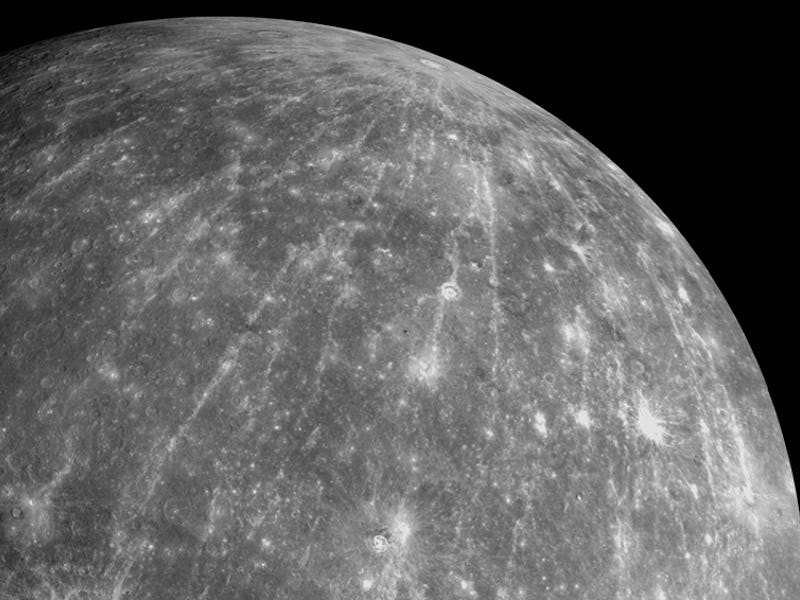Mercury is at a unique point in its orbit — here's how to see it
This is a special chance to see the solar system's most-inner planet.

Compared to Mars and Venus, Mercury may not be the most famous of the solar system's planets. But in truth, it is a treasure — as the smallest and nearest planet to the Sun, it is a truly rare sight in our night skies.
This weekend offers a special treat for Mercury fans. The tiny but mighty planet will swing to its furthest position away from the Sun, making it — just barely — visible in our own night skies.
What's happening — On Saturday, Mercury will reach a point in its orbit known as "maximum elongation." This is a special moment in any planet's trip around the Sun, as it is the moment at which there is the greatest separation between a planetary object and the Sun from Earth's perspective.
Mercury will reach this moment of maximum elongation on Saturday, March 6. To Earth's view, it will appear at its brightest — and thus momentarily visible to our eyes — just before sunrise on Saturday.
Specifically, for stargazers in the northern portion of the United States, Mercury will be at its brightest about an hour before sunrise. For those south of a line that cuts across Nebraska, it will appear for 1 hour and 45 minutes before sunrise, according to EarthSky.
Why it matters — Mercury is the closest planet to the Sun, so it is difficult to spot with the naked eye. The light of the star obscures it from our view from Earth. But Mercury swings from the east to the west of the Sun three times a year, and the greatest elongation of the planet takes place 22 days before — and after — Mercury and Earth happen to be on the same side of the Sun.
You can marvel at the beauty of this elusive planet as it twinkles in the night sky on Saturday.
These are four key facts about this oft-forgotten planet:
- Mercury is only a little larger than our Moon, at just over 3,000 miles in diameter.
- Mercury also shares one of our Moon's most-famous features, a cratered surface, pockmarked by impacts.
- Mercury is the closest planet to the Sun and its orbit lasts 87.97 Earth days.
- Mercury may be closest to our star, but doesn't have the hottest surface temperatures out of the solar system's planets — that record is held by Venus, thanks to a dense atmosphere that traps heat.
When to see Mercury — On March 6, Mercury will be at its maximum angular distance from the Sun at a whopping 27.3 degrees to the west of the star — a little more than the length of an open hand from our perspective.
This will mark the largest distance between the planet and the star in our night sky for all of 2021.
The planet will begin to be visible in the sky shortly after sundown. Mercury can be seen with the naked eye, but a pair of binoculars are handy if you want to catch the elusive planet glimmer in the twilight.
To find Mercury, you can use a much brighter planet in the night sky, Jupiter. This beacon can guide stargazers toward Mercury, as the two planets will only be 0.3 degrees apart from one another in the sky. If you can find Jupiter, then you will — hopefully — find Mercury.
The next chance you'll get to see Mercury shine bright will be on May 17 when it will be 22 degrees east of the Sun.